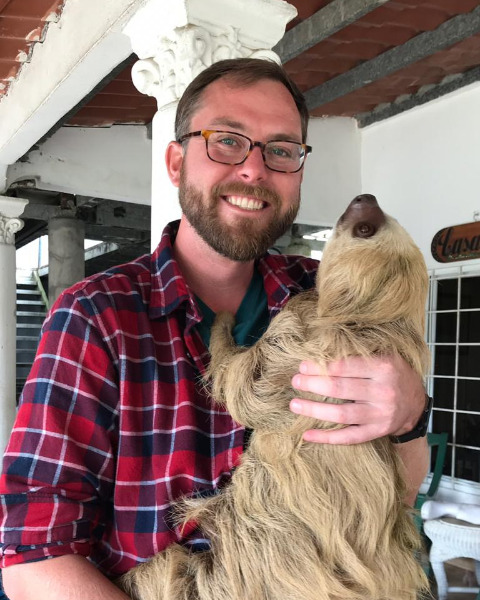Medical, Urban, and Veterinary Entomology
10-Minute Paper
Population genetic structure of the New World screwworm, Cochliomyia hominivorax (Diptera: Calliphoridae), using SNPs

Mackenzie Tietjen
Research Entomologist
USDA-ARS
Kerrville, Texas
Alex P. Arp
Research Geneticist
USDA-ARS
Kerrville, Texas
Presenting Author(s)
Co-Author(s)
The New World screwworm, Cochliomyia hominivorax (Coquerel 1858) (Diptera: Calliphoridae), is a serious parasite of livestock, humans, and other warm-blooded animals. It has been eradicated from the northern parts of its historical range down to the Panama - Colombian border where a permanent barrier zone is maintained. This eradication was accomplished through using the sterile insect technique (SIT). In 2016 there was an outbreak of C. hominivorax in the Florida Keys. In only six months, this pest was successfully re-eradicated using SIT, but the geographic origin of the invasion has yet to be resolved. It was previously determined that the Florida flies most likely represented a single invasion, and it was recommended that a finer-scale genetic assessment should be completed. Thus, this study aimed to identify the origin of the outbreak and develop a population genetic database to reference future outbreaks. This was accomplished by sequencing samples originating from 12 sources using a genotyping by sequencing (GBS) approach to obtain single nucleotide polymorphisms (SNPs). Geographic population structuring was identified for ten populations that clustered according to geographic location. It was determined that the Florida outbreak samples most closely resembled samples from the outer Caribbean cluster which included samples from Dominican Republic and Trinidad and Tobago.

